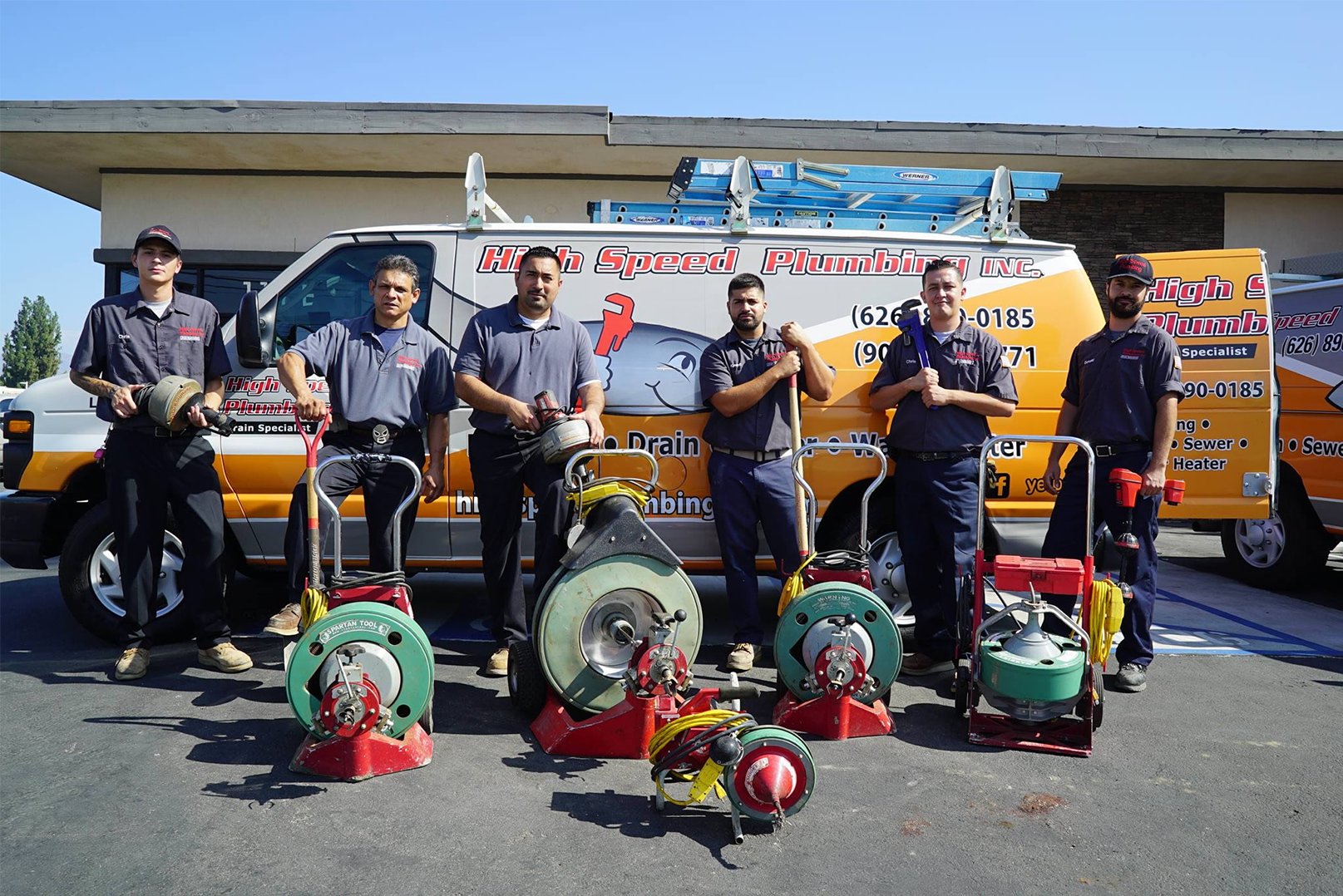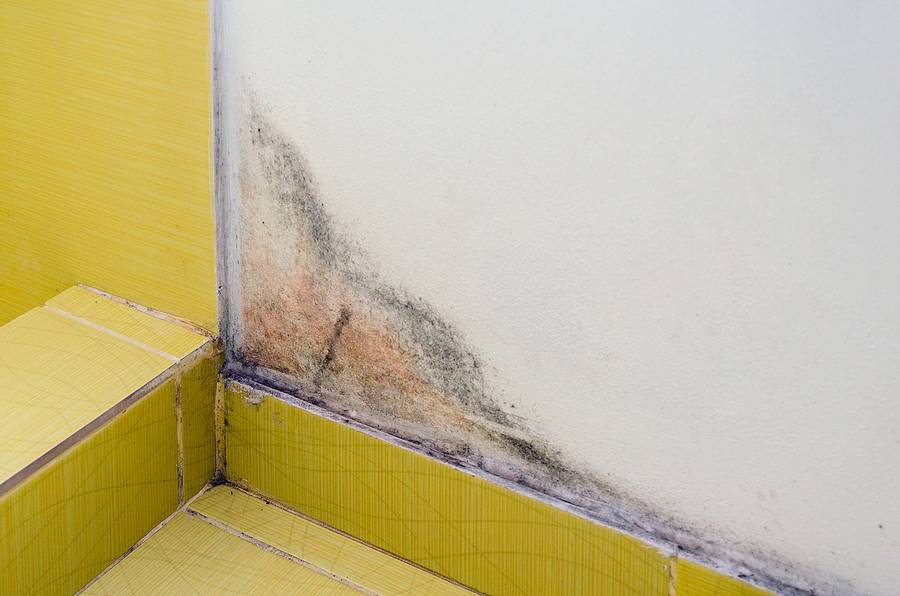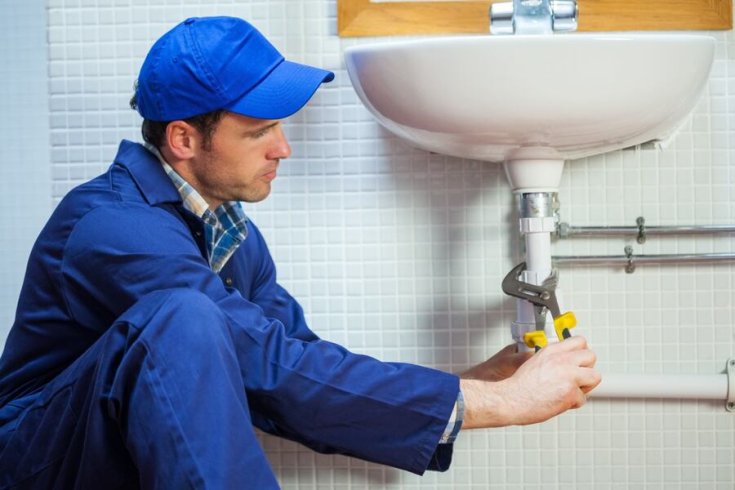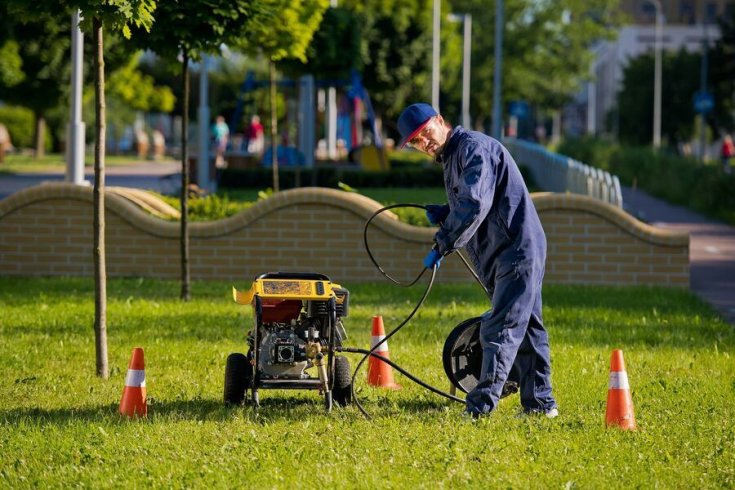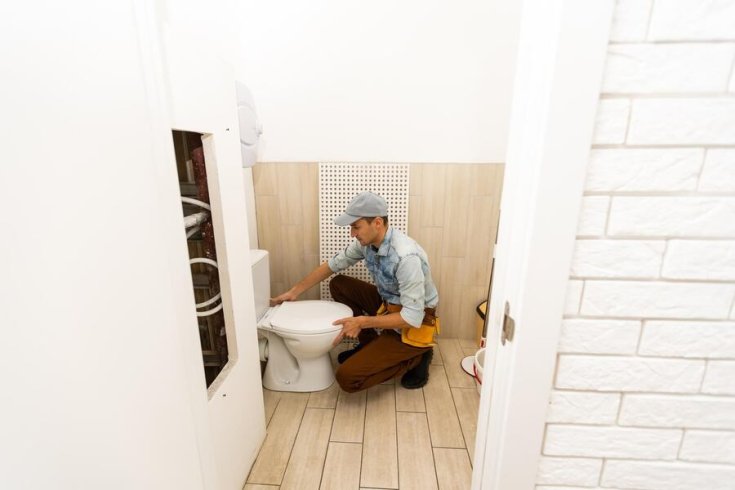8 Best Bathroom Mold Prevention Tips
Mold is a common issue in bathrooms due to the constant moisture and humidity. Not only is mold unsightly, but it can also pose health risks and cause damage to your bathroom plumbing. Preventing mold growth is essential to maintaining a clean and healthy bathroom environment. Here are eight of the best bathroom mold prevention tips that every homeowner should follow. Whether you're handling bathroom plumbing issues yourself or working with a professional plumbing service, these tips will help you keep your bathroom mold-free.
1. Ensure Proper Ventilation
One of the most effective ways to prevent mold in the bathroom is to ensure proper ventilation. Mold thrives in damp, poorly ventilated areas, so it's crucial to keep the air circulating. Make sure your bathroom has a working exhaust fan that runs during and after showers to remove excess moisture. If you don’t have an exhaust fan, consider installing one. A professional plumber at High Speed Plumbing can help you choose the right fan and handle the installation as part of their plumbing service.
2. Fix Leaks Immediately
Leaks in your bathroom plumbing can lead to standing water, which is a breeding ground for mold. Regularly inspect your faucets, showerheads, and pipes for any signs of leaks. If you notice any drips or puddles, contact a plumbing repair service immediately to fix the issue. Delaying plumbing repairs can worsen the problem, leading to more significant mold growth and even structural damage.
3. Keep Surfaces Dry
Mold needs moisture to grow, so it's important to keep bathroom surfaces as dry as possible. After using the shower or bathtub, wipe down the walls, floor, and other surfaces to remove excess water. This simple habit can prevent water from accumulating and creating a hospitable environment for mold. Consider using a squeegee to remove water from shower walls and glass doors, and always keep a towel handy to wipe down surfaces.
4. Use Mold-Resistant Products
When renovating your bathroom or performing plumbing repairs, opt for mold-resistant products. Mold-resistant drywall, paint, and caulk are specially designed to withstand moisture and reduce the risk of mold growth. These materials are particularly useful in areas prone to high humidity, such as bathrooms. Consult with a plumbing service provider to choose the best products for your bathroom.
5. Control Humidity Levels
High humidity levels are a significant factor in mold growth. Use a dehumidifier to keep the humidity level in your bathroom below 50%. You can also open windows and doors after showers to allow fresh air to circulate and reduce humidity. Some modern bathroom exhaust fans come with humidity sensors that automatically turn on when the humidity level rises. Installing such a fan can be an effective way to control humidity and prevent mold.
6. Clean Regularly
Regular cleaning is essential for preventing mold in the bathroom. Use a bathroom cleaner that contains mold-killing ingredients to scrub down tiles, grout, and other surfaces. Pay special attention to areas that are prone to mold growth, such as the shower, bathtub, and sink. Make it a habit to clean these areas at least once a week to remove soap scum, dirt, and other debris that can contribute to mold growth.
7. Replace Old Caulk and Grout
Over time, caulk and grout can deteriorate and allow moisture to seep into the walls and floors, leading to mold growth. If you notice that your bathroom’s caulk or grout is cracking, peeling, or stained, it’s time to replace it. Removing and replacing old caulk and grout can be a DIY project, but if you're not comfortable doing it yourself, High Speed Plumbing can handle it for you. Be sure to use mold-resistant caulk and grout for added protection.
8. Invest in Professional Plumbing Inspections
Regular plumbing inspections are an excellent way to catch potential mold problems before they escalate. A professional plumber can inspect your bathroom plumbing for leaks, clogs, and other issues that can contribute to mold growth. They can also provide expert advice on how to prevent mold and recommend any necessary plumbing repairs or upgrades. Investing in a routine plumbing service can save you time, money, and headaches down the line.
By following these eight tips, you can keep your bathroom mold-free and maintain a healthy, pleasant environment. Mold prevention is an ongoing process that requires vigilance and regular maintenance, but with the right strategies, you can protect your bathroom from mold and ensure that your plumbing remains in top condition. Whether you're tackling bathroom plumbing issues yourself or relying on High Speed Plumbing, these tips will help you achieve a mold-free bathroom.

